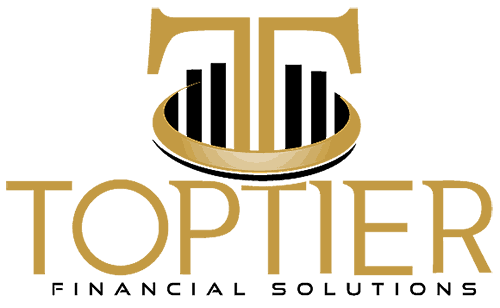Which Forms Are Used to Complete the Credit Dispute Process?
When you file a credit dispute, there are certain forms and processes that are used in order to resolve the dispute.
To help familiarize you with the credit dispute process, let’s go over:
What these forms are used for
When these forms are used
The information that is included on these forms
The specific forms that are required depend on which type of dispute you are filing.
Indirect Disputes
The credit bureaus get your credit data from the individual lenders or companies you have accounts with, also known as data furnishers. Some examples of these businesses include financial services companies, banks, credit unions, credit card issuers, and debt collectors.
When you file a credit dispute with the credit reporting agencies rather than contacting the business that is furnishing the disputed data, this is called an indirect dispute, since you are not going directly to the company that is providing the incorrect information.
Automated Consumer Dispute Verification Form (ACDV) or Consumer Dispute Verification Form (CDV)
Indirect disputes involve a form called the Automated Consumer Dispute Verification form (ACDV) or the Consumer Dispute Verification form (CDV). The ACDV is simply the modern digital version of the CDV, which refers to the analog format of the original document on paper.
When you initiate a dispute with a credit bureau, the credit bureau generates an ACDV that contains the information about your dispute.
The credit bureau then sends the completed ACDV form to the data furnisher using a communication system called e-OSCAR.
At this point, the lender furnishing the disputed data investigates the claim, updates the ACDV, and sends the form back to the credit bureau.
Finally, the credit bureau reviews the form, makes the appropriate changes to the consumer’s credit report, and notifies the consumer of the results of the dispute.
Direct Disputes
If you choose to dispute the inaccurate information on your credit report with the furnishing party, that is called a direct dispute, because you are going directly to the lender without involving the credit bureaus.
Automated Universal Dataform (AUD) or Universal Dataform (UDF)
When you make a direct dispute with the furnishing party, the data furnisher should correct the error and fill out an Automated Universal Dataform (AUD) reflecting the correction. The AUD is the automated digital version of the form, which was originally called the Universal Dataform (UDF).
Once the AUD has been prepared, the furnishing party sends it using e-OSCAR to all of the credit bureaus where the error is appearing on your credit report. The data furnisher is obligated to contact each credit bureau to ensure that the error has been removed from all three of your credit reports.
Watch the Credit Countdown video on this topic with credit expert John Ulzheimer below.
Read more: tradelinesupply.com
